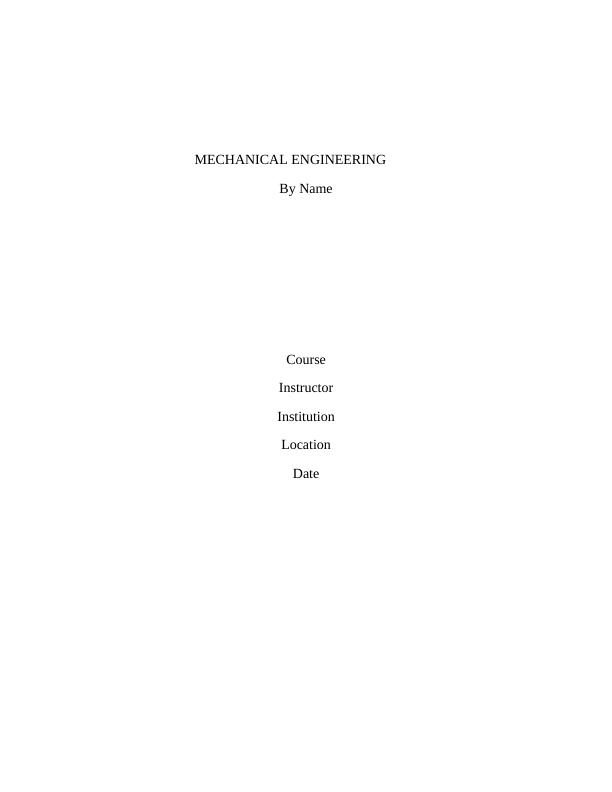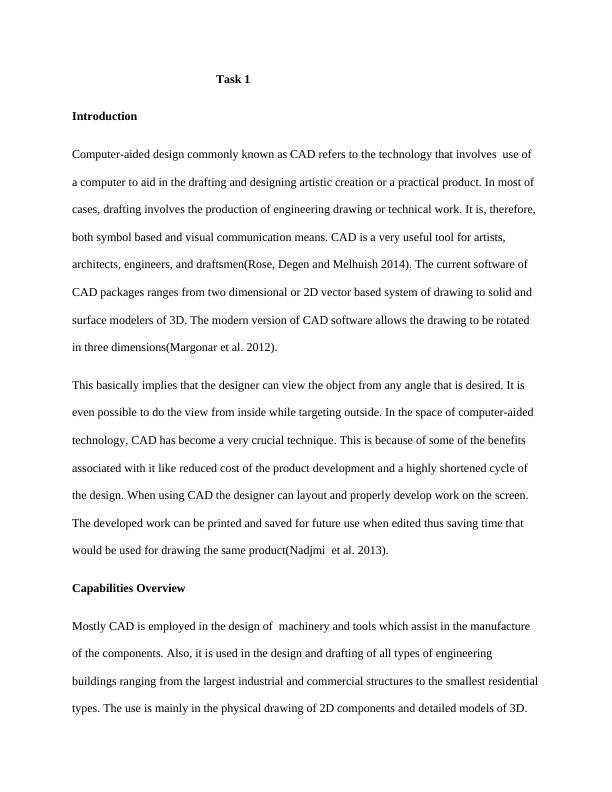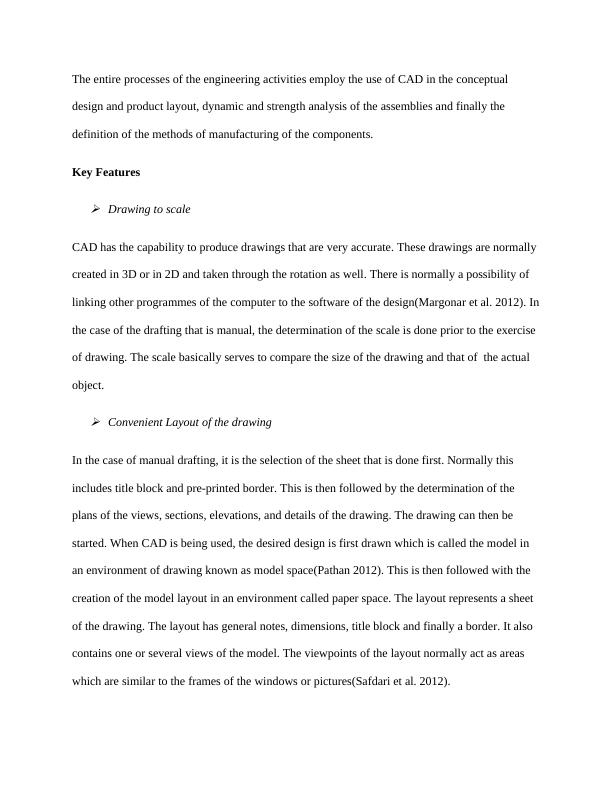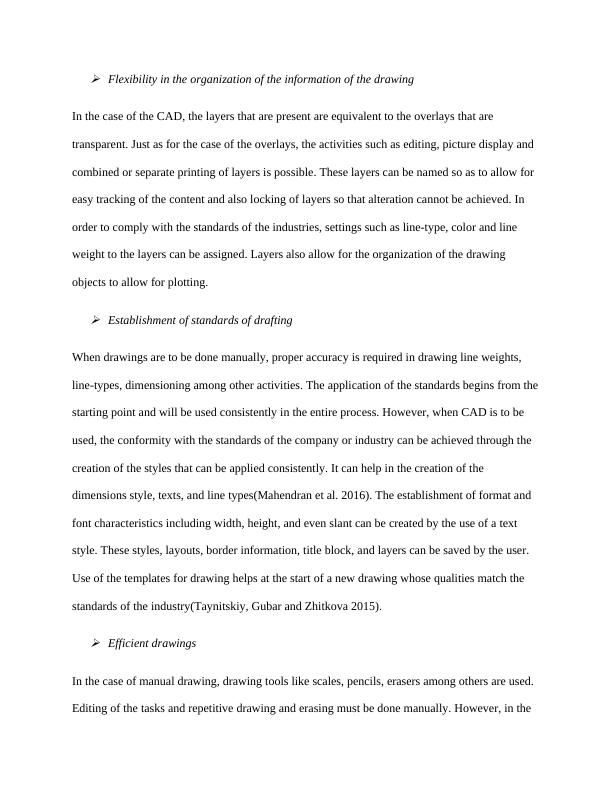Computer-Aided Design (CAD) in Mechanical Engineering
8 7 6 5 4 3 2 1 D D C C ITEM 1 641.43 PARTS LIST QTY PART NAME DESCRIPTION 1 Piston stand 1 2 piston B 884.29 B 3 1 Actuator 4 1 Conveyor Asem 6 1 Air pipe2 7 1 Air pipe3 8 1 Air pipe0 DRAWN cis 31-08-2018 CHECKED A 641.43 2028.57 MFG 200.00 APPROVED SIZE D 0.11 : 1 SCALE 8 A TITLE QA 7 6 5 4 3 2 REV DWG NO Assembly SHEET 1 1 OF 1
Added on 2023-04-21
About This Document
Computer-Aided Design (CAD) in Mechanical Engineering
8 7 6 5 4 3 2 1 D D C C ITEM 1 641.43 PARTS LIST QTY PART NAME DESCRIPTION 1 Piston stand 1 2 piston B 884.29 B 3 1 Actuator 4 1 Conveyor Asem 6 1 Air pipe2 7 1 Air pipe3 8 1 Air pipe0 DRAWN cis 31-08-2018 CHECKED A 641.43 2028.57 MFG 200.00 APPROVED SIZE D 0.11 : 1 SCALE 8 A TITLE QA 7 6 5 4 3 2 REV DWG NO Assembly SHEET 1 1 OF 1
Added on 2023-04-21
End of preview
Want to access all the pages? Upload your documents or become a member.




